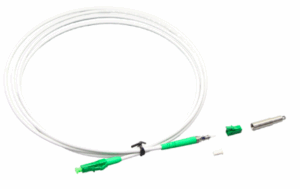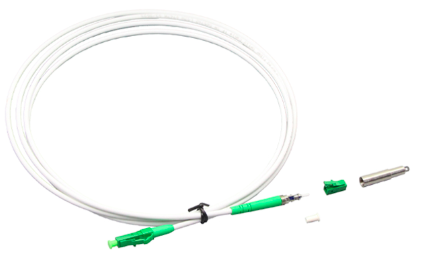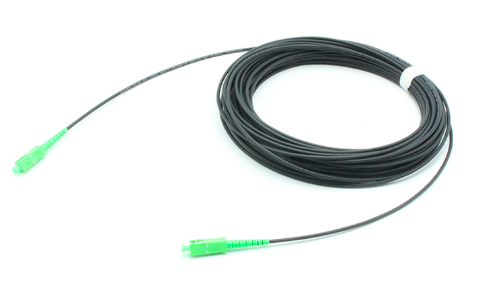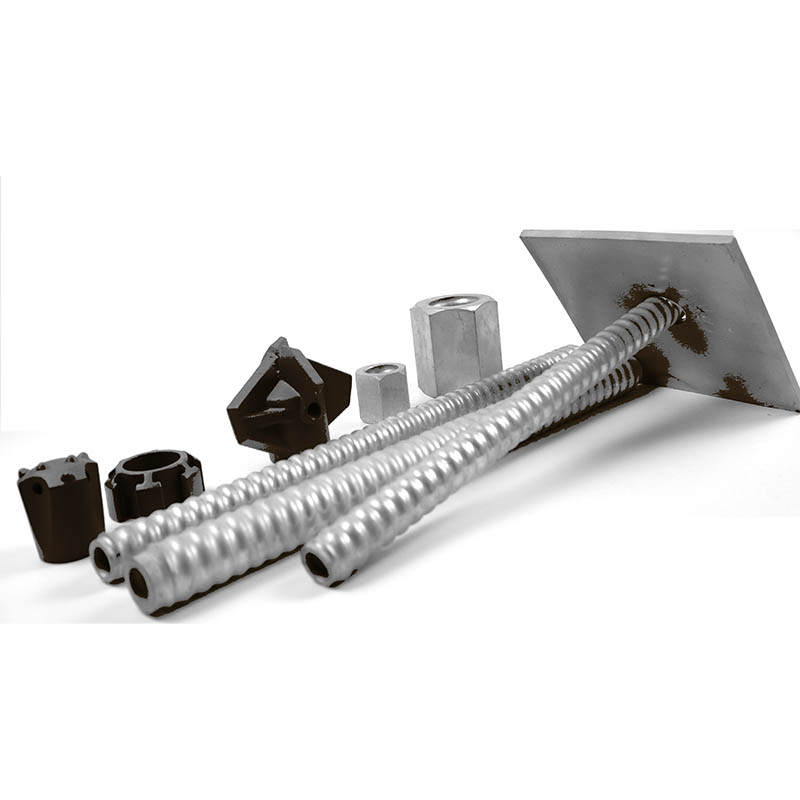目录
Importance of FTTH Drop Patch Cord Length in Home Installations
The length of the FTTH Drop Patch Cord is a critical factor that affects both the installation process and the long-term performance of fiber optic networks in residential environments. A patch cord that is too short risks putting undue tension on fiber connectors and cables, which can lead to microbending, physical damage, and ultimately signal loss or network failure. Conversely, a cord that is excessively long increases insertion loss due to additional fiber length and creates unnecessary cable clutter, complicating cable management and potentially causing accidental damage during routine maintenance.
Factors Affecting FTTH Drop Patch Cord Length Selection
Several important considerations must be evaluated when selecting the appropriate FTTH Drop Patch Cord length for home installations:

- Accurate Measurement of Cable Route:
Installers should use flexible measuring tapes or fiber optic route planners to measure the exact pathway from the outdoor distribution point to the indoor ONT, accounting for all bends, vertical rises, conduit entries, and obstructions along the route. - Slack Allowance for Flexibility:
It is essential to add approximately 20% to 30% extra length beyond the measured distance. This slack accommodates movement during installation, future maintenance, connector re-seating, and potential changes in ONT placement without stressing the fiber or connectors. - Routing and Conduit Constraints:
In many residential setups, narrow conduits, sharp bends, or complex cable pathways are common. Additional length compensates for these constraints and prevents tight bends below the minimum recommended radius of 7.5 mm, which can increase optical attenuation significantly. - Connector Types and Handling Requirements:
Different connectors such as LC, SC, or FC require varying degrees of handling care. Some connectors are more sensitive to tension or bending; therefore, appropriate slack must be ensured to avoid mechanical damage during installation or servicing.
Properly considering these factors results in an FTTH Drop Patch Cord length that facilitates a durable, low-loss fiber connection within the home.
Typical FTTH Drop Patch Cord Lengths for Different Home Settings
Residential environments differ significantly, and this variation influences the ideal FTTH Drop Patch Cord length:
Detached single-family homes typically require longer cords in the range of 5 to 10 meters. These homes often have external walls where the fiber distribution terminal is located some distance away from the ONT inside the living space. The longer cable length accommodates the physical layout, conduit routing, and any necessary slack to prevent tension.
Apartments and multi-dwelling units (MDUs) usually have more compact internal layouts with fiber distribution terminals closer to the ONT locations. For these settings, shorter cords ranging from 1 to 3 meters are sufficient to maintain clean installations without excess slack.
Condominiums with centralized fiber distribution systems generally require medium-length patch cords between 3 and 5 meters. This length balances the need for manageable cable routing and slack with the constraints of limited space inside units.

Consequences of Incorrect FTTH Drop Patch Cord Lengths
Using an improperly sized FTTH Drop Patch Cord can cause multiple issues impacting network performance and maintenance:
- Short Patch Cords:
If the cord is too short, tension develops on fiber connectors and cables, increasing the risk of microbends, fractures, and connector damage. These physical stresses cause signal attenuation, intermittent failures, and may lead to costly replacements. - Excessively Long Patch Cords:
Additional fiber length introduces optical losses—typically around 0.2 dB per meter of excess cable. Moreover, long cords generate cable clutter, increasing the chances of tangling or accidental damage. - Maintenance and Aesthetic Concerns:
Poorly managed cable lengths can complicate maintenance and lengthen repair times.
Therefore, careful length selection minimizes these problems, enhancing both network reliability and user experience.
Best Practices for Measuring and Installing FTTH Drop Patch Cords
To maximize the benefits of the FTTH Drop Patch Cord, installers should adhere to the following best practices:
- Comprehensive Measurement:
Accurately map the entire cable route, including vertical and horizontal runs, conduit entries, and bends. Use flexible tools to capture the full length. - Appropriate Slack Addition:
Add 20-30% additional length beyond the physical measurement to provide service loops, ease handling, and accommodate future changes. - Maintain Proper Bend Radius:
Avoid bending cables below the recommended 7.5 mm radius to prevent microbending losses and fiber damage. - Secure and Label Cables:
Use cable clips, ties, or raceways to keep cords organized without excessive compression. Clearly label cords for easy identification during maintenance or upgrades. - Control Pulling Forces:
Keep pulling tension within safe limits (less than 50 Newtons) to protect fibers from fractures and connector damage.
Following these steps helps preserve signal integrity, simplifies future maintenance, and ensures a neat, professional installation.
Conclusion
Proper selection and installation of FTTH Drop Patch Cord length are essential to achieving a reliable and high-performance fiber optic network in residential environments. Taking into account accurate route measurements, slack allowances, routing constraints, and connector handling needs enables installers to balance flexibility and signal quality. Avoiding cords that are too short or unnecessarily long minimizes physical stress and optical losses while promoting neat cable management.
0









